Learning how to draw? Don’t make this mistake
I discuss the power of drawing with world-leading Nature Journaling educator John Muir Laws. We also talk about what happens in our brain when we’re drawing, and a very common mistake people make when they learn how to draw.
“I can’t draw”.
I’ve heard those 3 little words uttered so many times. Perhaps they’ve slipped out of your mouth too.
It’s a common misconception that drawing is an innate gift some lucky folk are born with, and for the rest of us, we’ll never know how to draw accurately or achieve the drawing results we hope for.
Another widely held belief is that you need to learn how to draw before you can progress onto painting.
If you’ve felt held back by either of these thoughts, there are 2 truths you should know:
-
Anybody can learn how to draw accurately (including you)
-
Drawing skills are NOT a prerequisite to painting – you can learn one skill without the other
So if you just want to paint, because that’s the part you get most excited by, it’s perfectly acceptable to make your drawings by tracing from photographs. Even the Old Masters used similar methods to achieve accurate drawings, so if it was good enough for them, then it’s absolutely good enough for us.
Once we free ourselves from those unhelpful (and untrue) thoughts, drawing can become a hugely fun and rewarding practice.
What’s more, it can be a great tool for helping us to gain a deeper understanding of any subject we’re observing.
In the video below, I discuss the power of drawing with world-leading Nature Journaling educator John Muir Laws.
We also talk about what happens in our brain when we’re drawing, and a very common mistake people make when they learn how to draw. In fact, I think it’s the MAIN mistake which circles us back to thinking we can’t draw:
I hope this has inspired you to get drawing so you can experience the benefits of this enjoyable artistic practice.
If you’re new to drawing and would like help with how to draw step by step, check out this Realistic Mushroom Drawing mini class where we’ll practice our observation and tonal drawing skills. I’ll be sharing more help and realistic drawing techniques for beginners in future posts.
To help my members develop confidence in thier drawing skills, I’ve released drawing courses for Nature Studio members. They offer a structured approach and are a great place to start for beginners wanting step by step help with drawing.
If you’re still developing your observation skills, have a go at this fun exercise that will help you to draw what you see and avoid the common drawing mistake lots of people make.
I’d really love to know if you’ve enjoyed this mini class. Have you felt held back by your drawing skills? Are you feeling inspired to draw now? What resonated most with you? Please let me know by leaving a comment below.
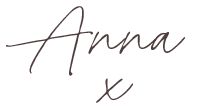
Browse more blog posts
Share this post!
14 Comments
Leave a Comment
Share this post!
Subscribe to blog updates
Blog Updates
The information you provide here will be used only to deliver the email course, along with other relevant updates from me. You can unsubscribe anytime. Click here for our privacy policy.

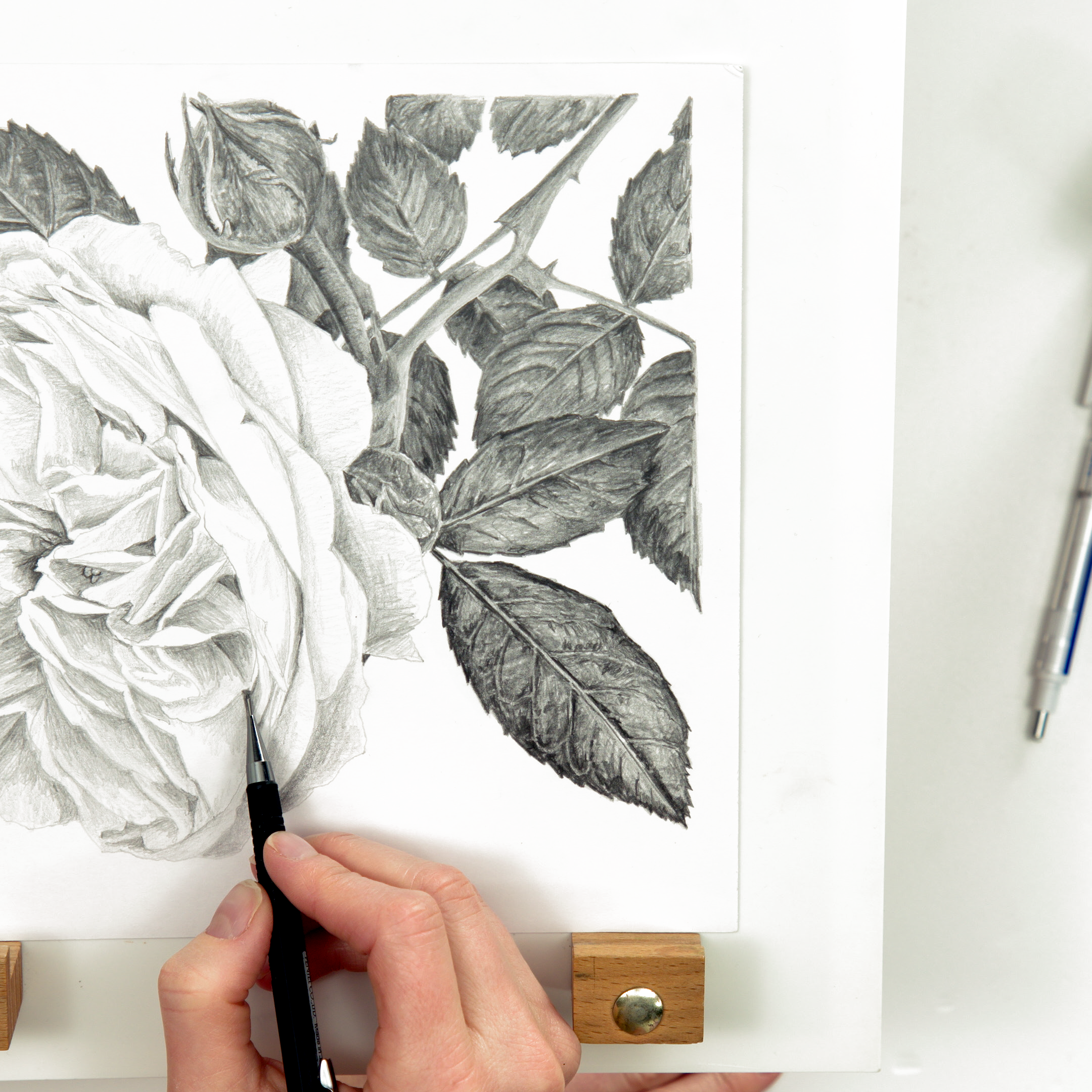
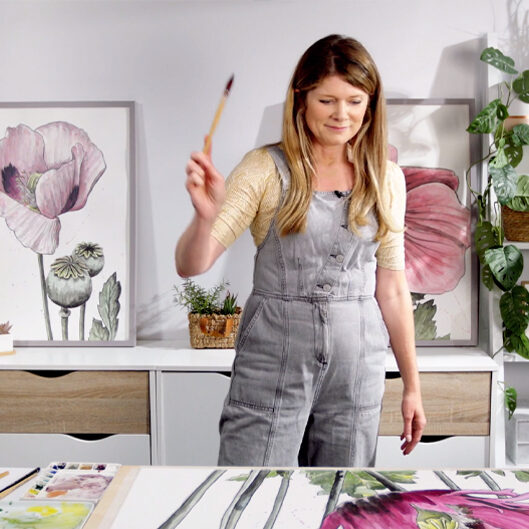
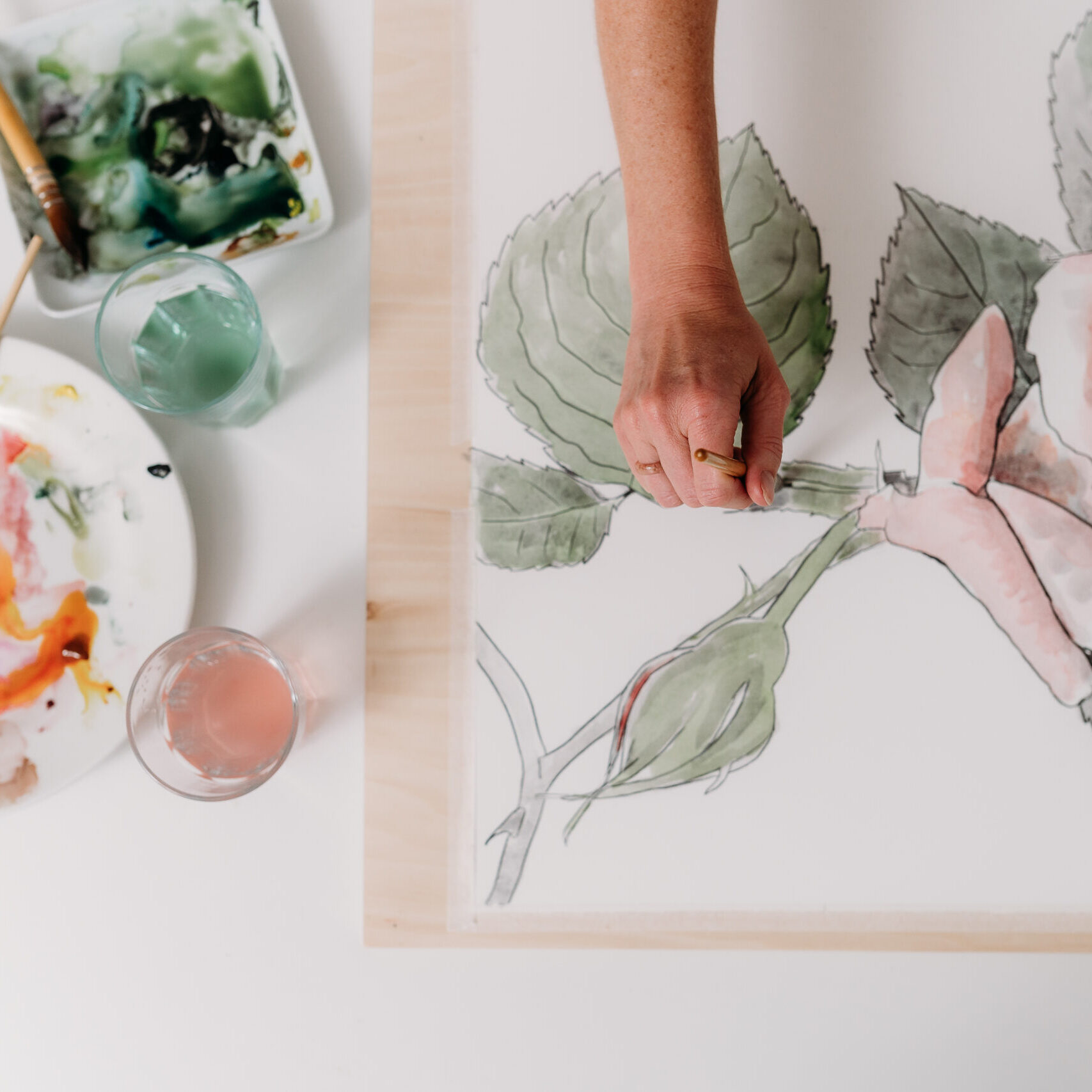
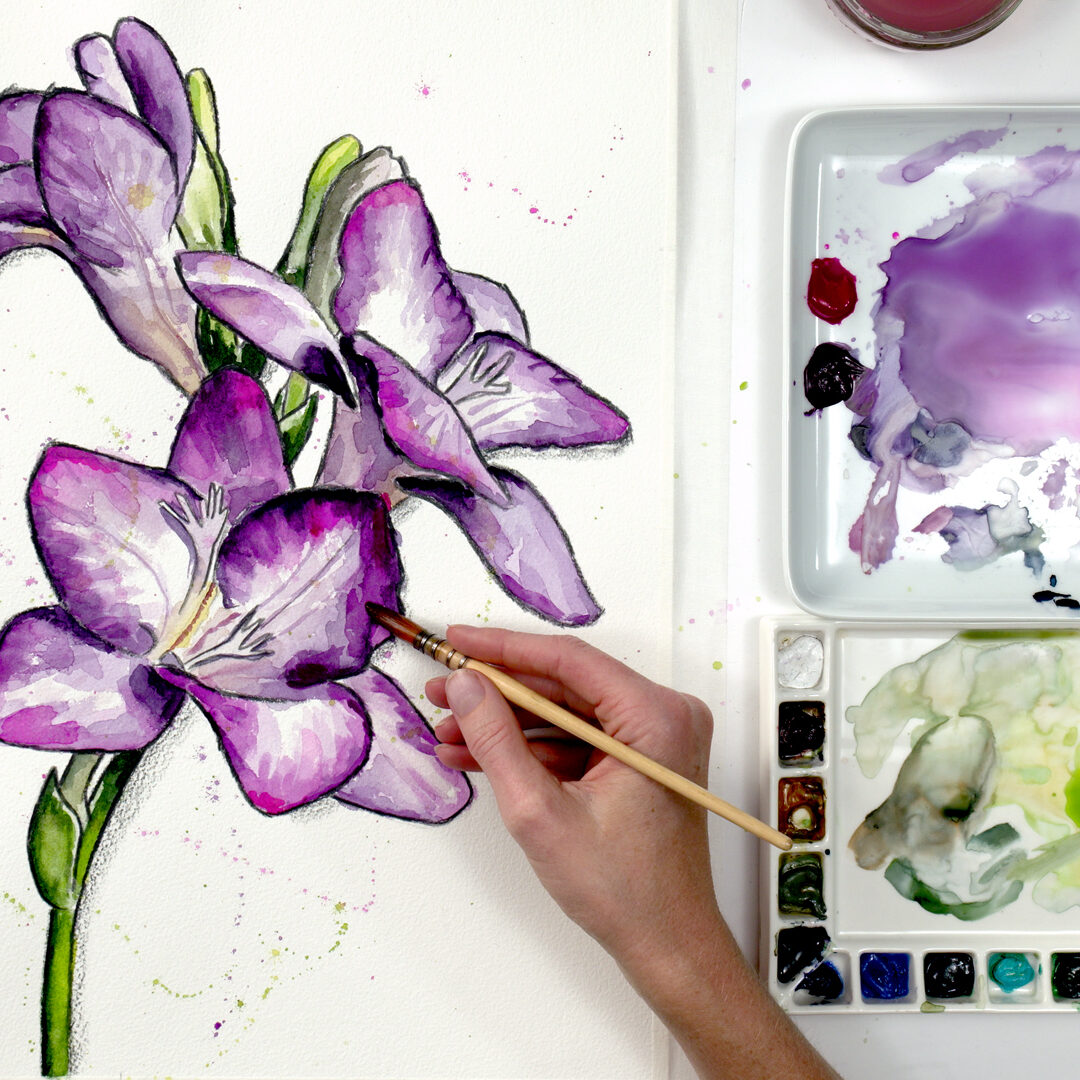
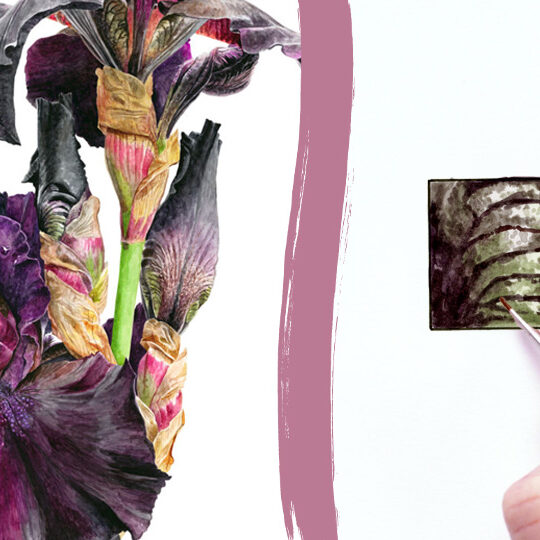
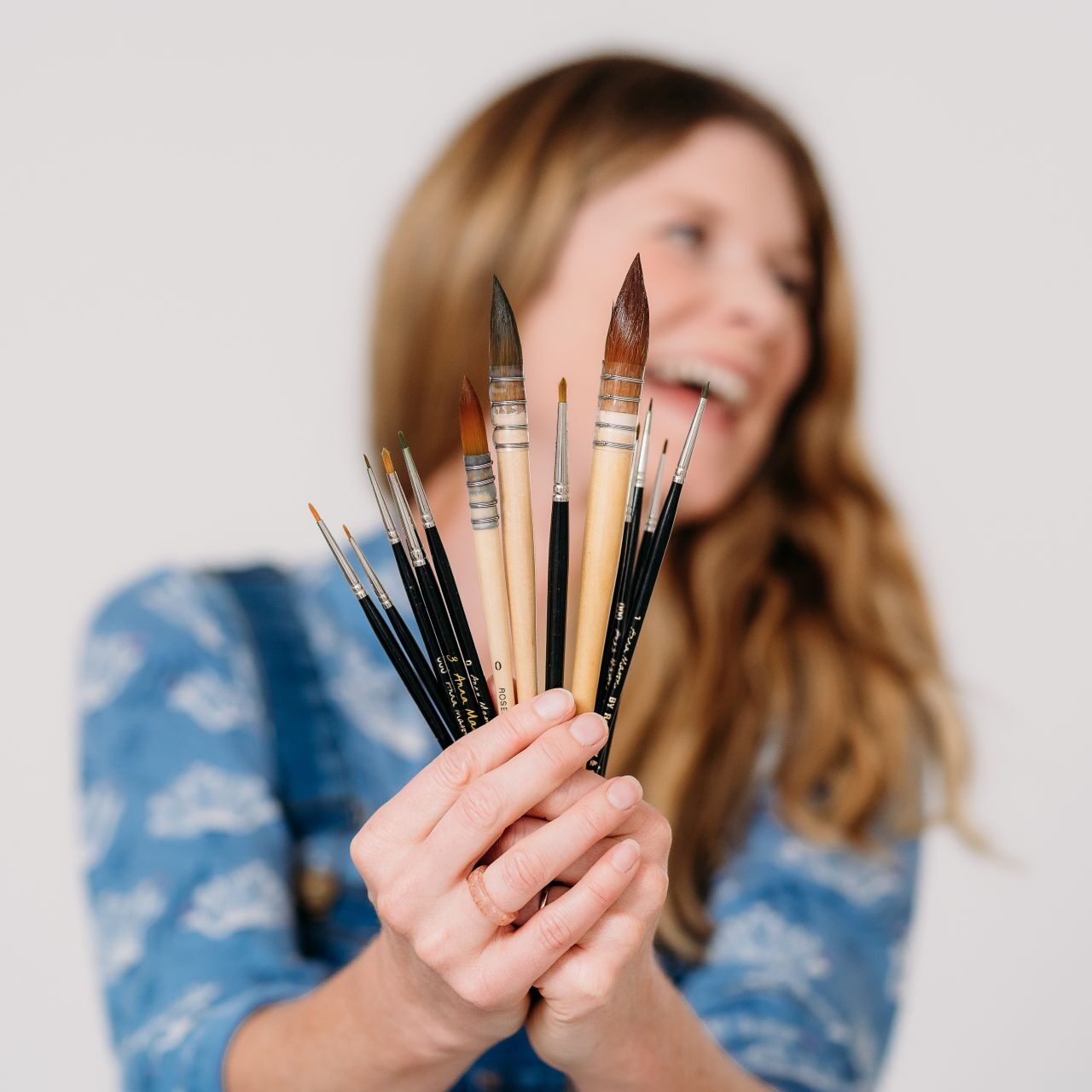
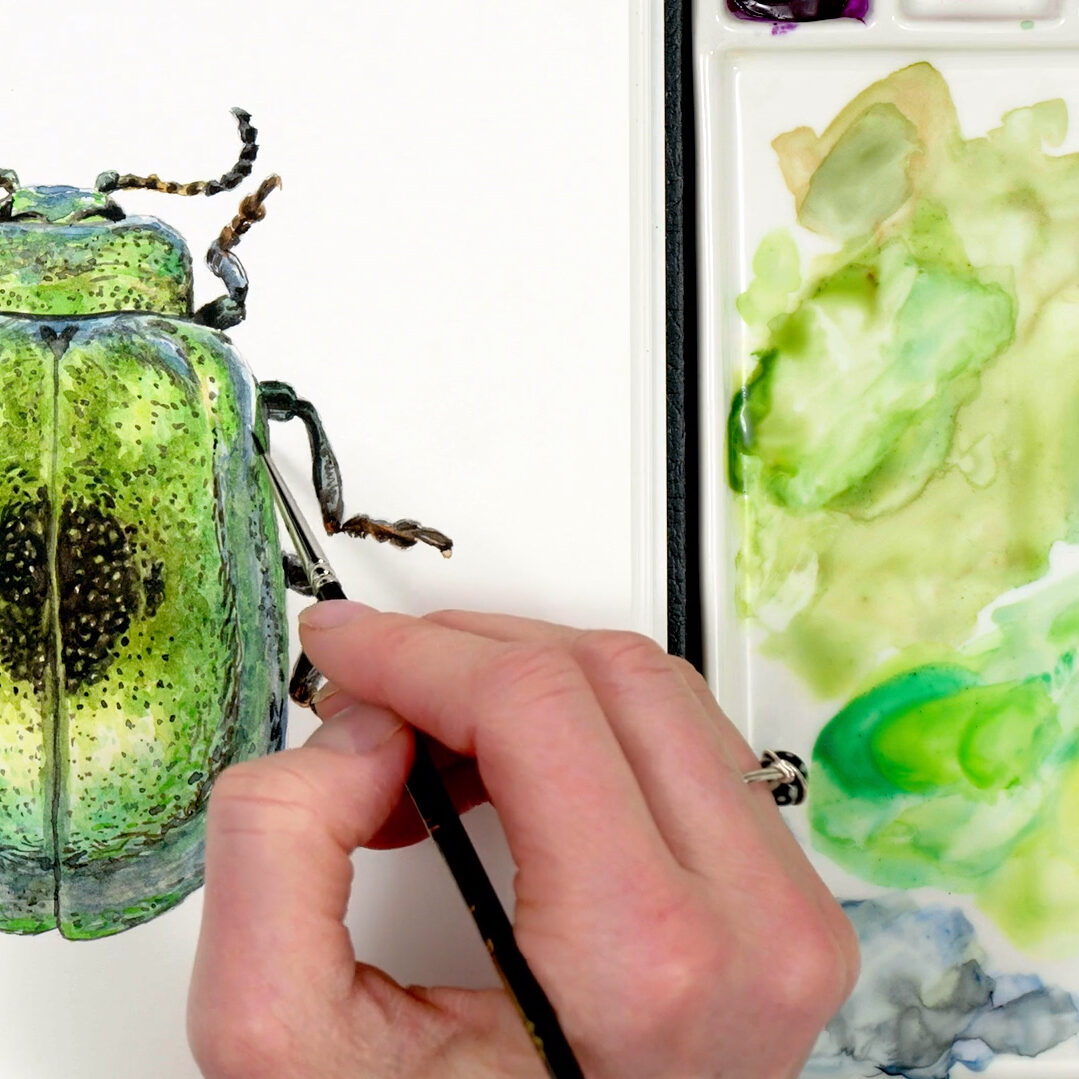
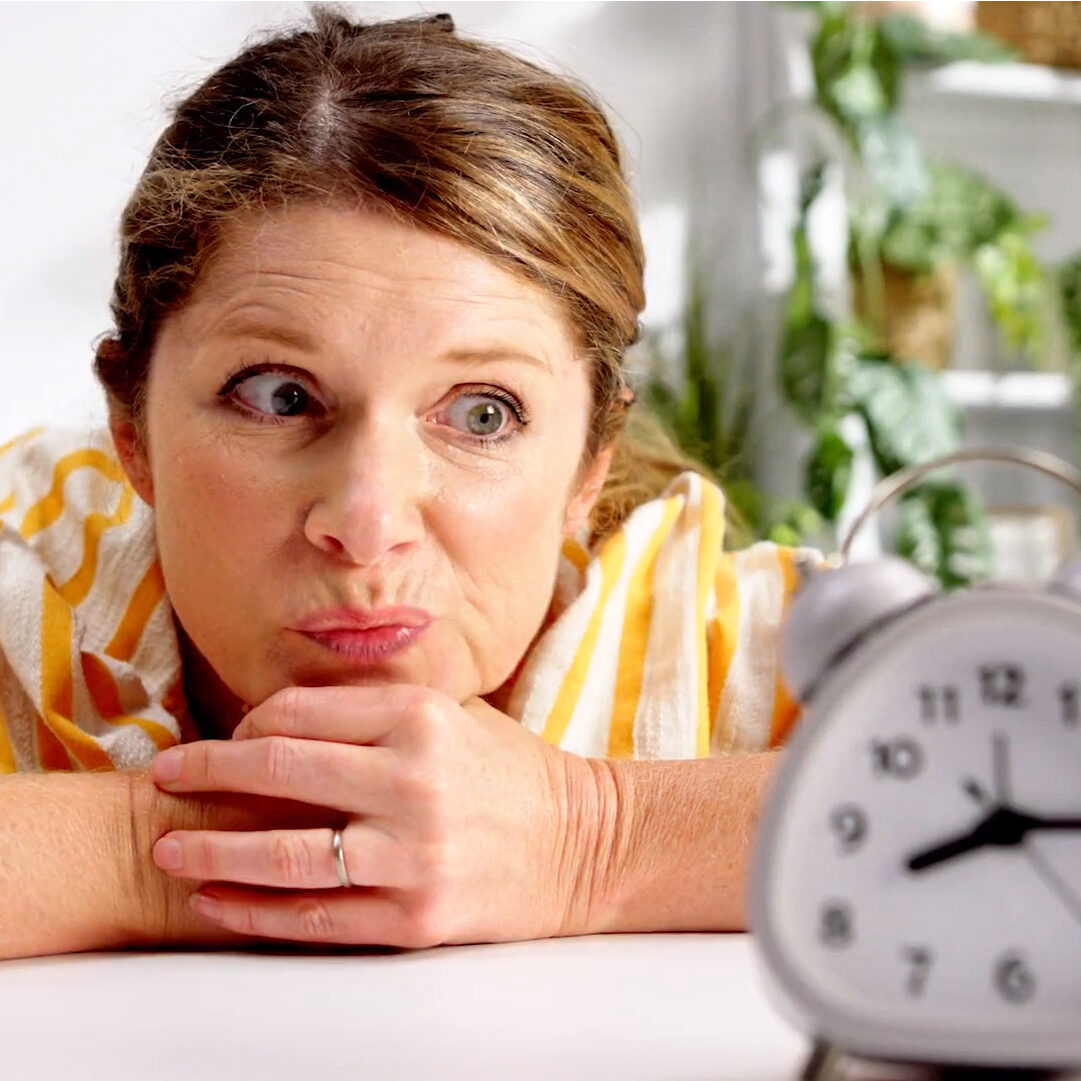
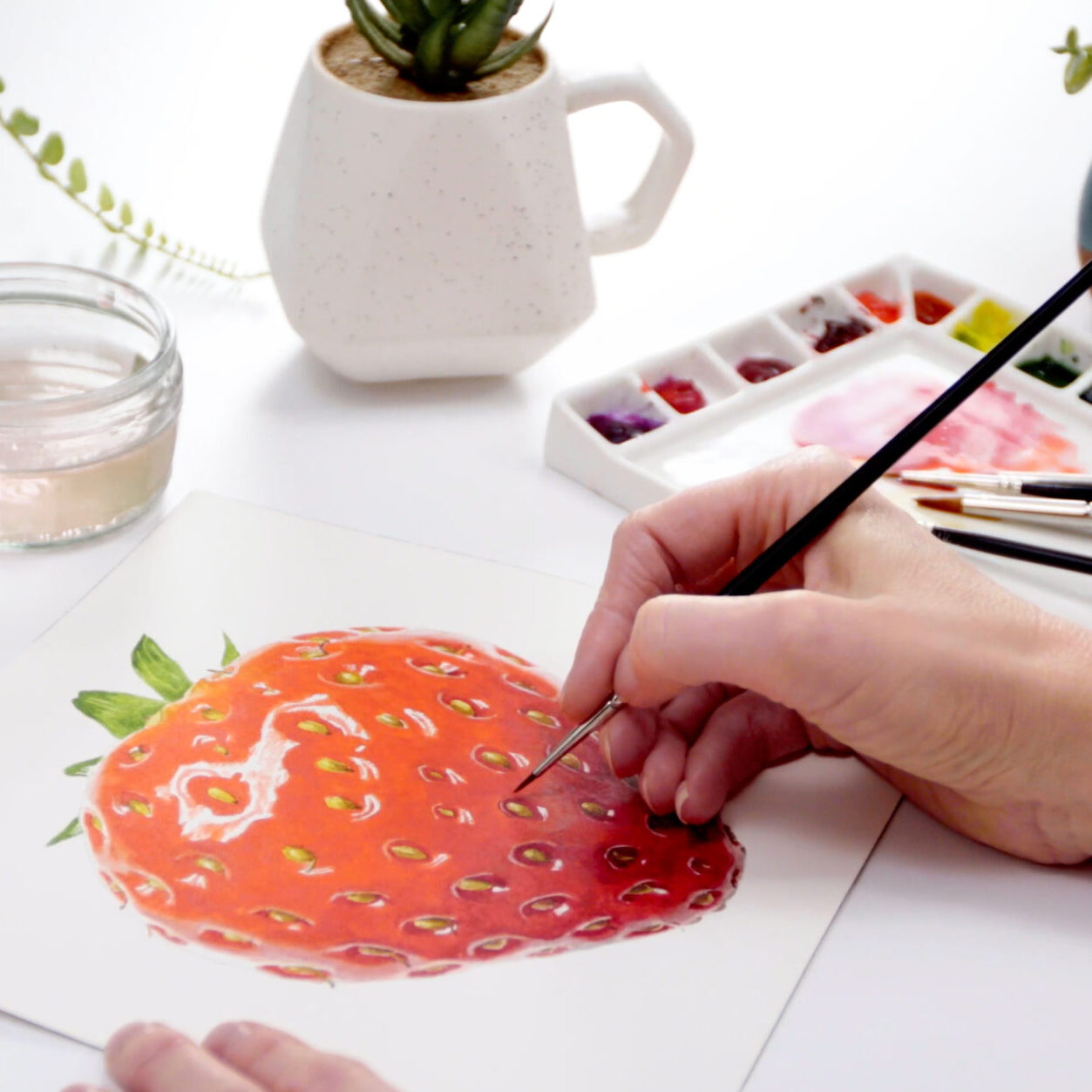
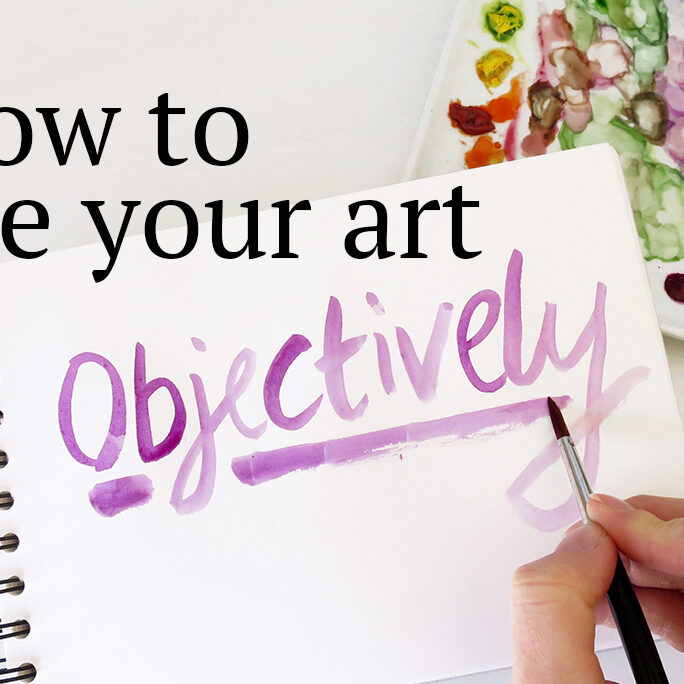

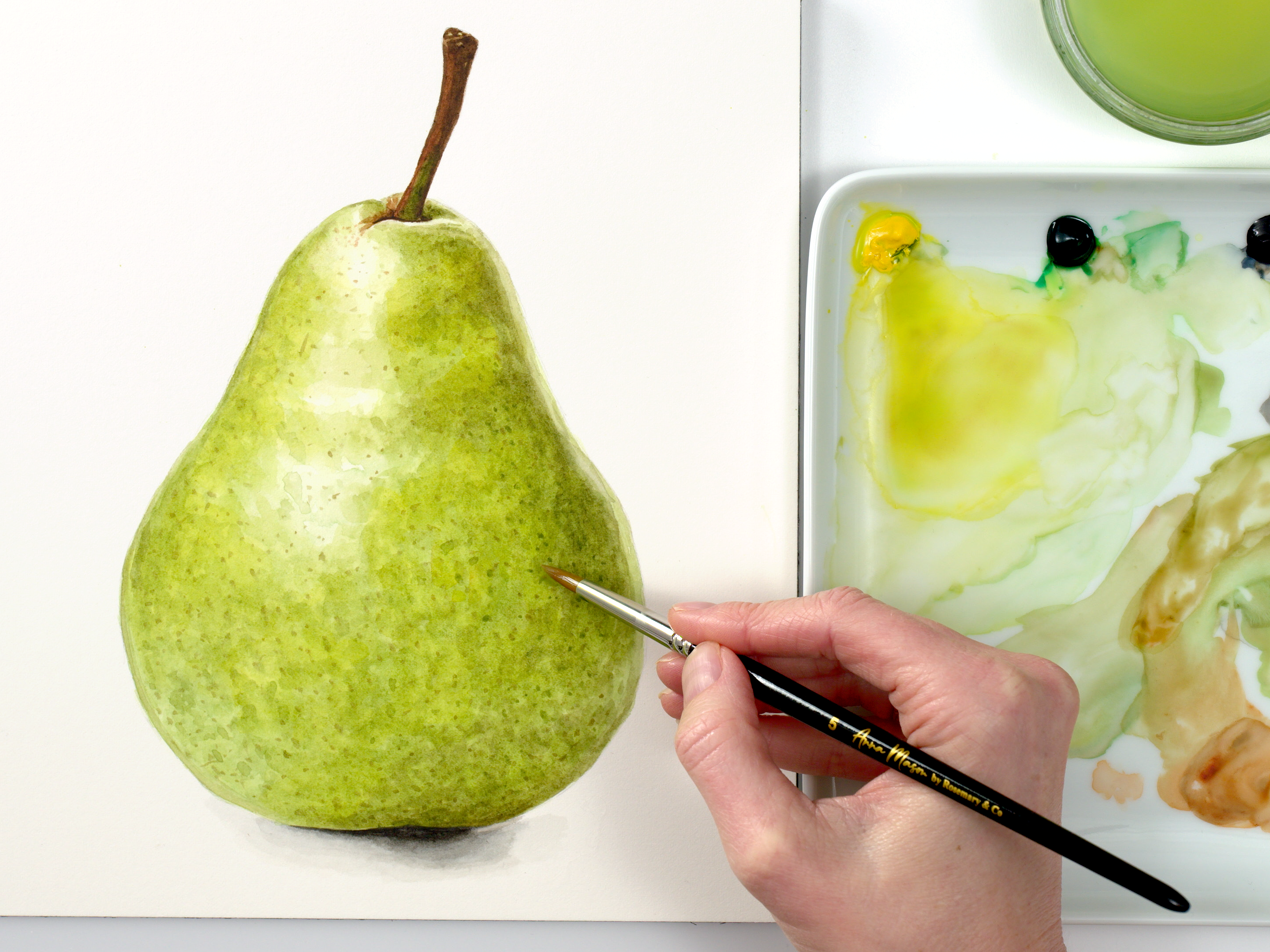

Have loved art all my life and dabbled in it, but I just turned 86 and decided to find time to pursue it 3 yeas ago. At my age I am doing watercolor and relying mostly on tracing. I may not have time left to develop drawing skills. Covid confinement gave me the time to do this, so I haven’t missed the lack of most of my social life. Following tutorials have become my friends. Every cloud has its silver lining.
Indeed it does Martha, I’m so pleased you’re painting now. You may well find that the painting skills you’ve developed have taken you more than 50% of the way to being able to draw as well.
This is what I have been searching for these past 3 years! I have chills! I have been searching for a teacher and course who could articulate to me the learning concepts the two of you just described. Do your drawing courses offer how to “see” and how to translate that to paper?
That’s great Amy. A lot of members have found that doing my painting courses has helped them when it comes to learning, because in both I’m really helping you to learn how to ‘see’ in terms of shapes of colour – and then translate that to the paper. A lot of it does need to come down to practice, but I’ve made a point in my courses of breaking the process down as much as possible to make it as easy as possible to understand and start to do for yourself.
I love the course on freehand drawing. I am interested in nature journaling so this will really help.
Excited to learn!
I am not a water colorist but i am a china painter—on porcelain. This is similar to water color because the painting medium is translucent. I love your honesty, and sharing the struggles of painting. Your answers are the questions I have been asking others, but the same response—-practice. Never sharing how to overcome obstacles. My painting is revolving around your techniques and porcelain painting. So i have had to really concentrate upon awakening my brain in double dosing techniques. In the ongoing process i am recognizing, finally after a lot of years of self doubt, i do have a specific style —right or wrong-it’s mine and only mine to hold onto. Again, thank you so much❤️💕
Lovely to hear you’ve found your own style Cyndy!
Fantastic talk lots of info , thany you so much
Glad you enjoyed it Marjorie!
This was great! I love the idea of nature journaling. I just find my surroundings to be….bla.
Hmm, you might need to visit a local park or something – then really slow down and pay attention to the little things. Try to pick a day with nicer light too to give yourself the best shot of spotting things that can light you up.
Love it , thank you
[…] you’re learning to draw at the moment, check out this advice on how to avoid the most common mistake people make when they’re […]